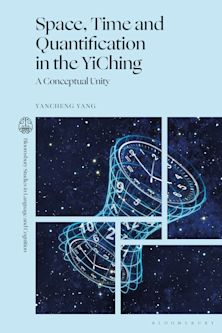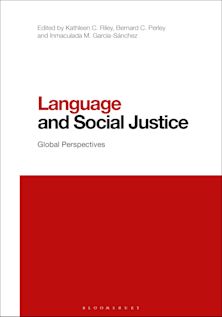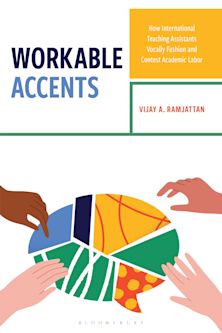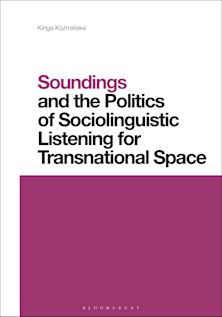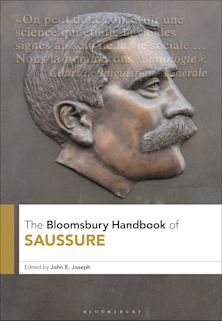- Home
- ACADEMIC
- Linguistics
- Sociolinguistics and Linguistic Anthropology
- Urban Multilingualism in East-Central Europe
Urban Multilingualism in East-Central Europe
The Polish Dialect of Late-Habsburg Lviv
Urban Multilingualism in East-Central Europe
The Polish Dialect of Late-Habsburg Lviv
You must sign in to add this item to your wishlist. Please sign in or create an account
Description
Urban Multilingualism in East-Central Europe: The Polish Dialect of Late-Habsburg Lviv makes the case for a two-pronged approach to past urban multilingualism in East-Central Europe, one that considers both historical and linguistic features. Based on archival materials from late-Habsburg Lemberg––now Lviv in western Ukraine––the author examines its workings in day-to-day life in the streets, shops, and homes of the city in the late nineteenth and early twentieth centuries. The places where the city’s Polish-Ukrainian-Yiddish-German encounters took place produced a distinct urban dialect. A variety of south-eastern “borderland” Polish, it was subject to strong ongoing Ukrainian as well as Yiddish and German influence. Jan Fellerer analyzes its main morpho-syntactic features with reference to diverse written and recorded sources of the time. This approach represents a departure from many other studies that focus on the phonetics and inflectional morphology of Slavic dialects. Fellerer argues that contact-induced linguistic change is contingent on the historical specifics of the contact setting. The close-knit urban community of historical Lviv and its dialect provide a rich interdisciplinary case study.
Table of Contents
Introduction
Chapter One: The City’s Languages
Chapter Two: Patterns of Bi- and Multilingualism
Chapter Three: Morpho-Syntax of Lviv Borderland Polish
Chapter Four: Conclusions and Prospects
Bibliography
Product details
| Published | Jan 14 2020 |
|---|---|
| Format | Ebook (Epub & Mobi) |
| Edition | 1st |
| Extent | 318 |
| ISBN | 9781498580151 |
| Imprint | Lexington Books |
| Illustrations | 1 maps; 19 tables; |
| Series | Studies in Slavic, Baltic, and Eastern European Languages and Cultures |
| Publisher | Bloomsbury Publishing |
About the contributors
Reviews
-
Recently a growing number of interdisciplinary monographs focus on the phenomenon of multilingualism in Central Europe. But Fellerer’s study is the first one ever that illustrates and analyzes the actual practices of such multilingualism, as conditioned by the specific power, religious, economic, and social relations in Austria-Hungary’s eastern metropolis of Lviv.
Tomasz Kamusella, University of St Andrews
-
Seamlessly merging a historic ethnography of multilingual Galician Lviv with a fine-grained and nuanced linguistic analysis of its urban dialect, Fellerer’s book breaks new theoretical and methodological ground and sets a new standard for what is possible in historical sociolinguistics.
Aneta Pavlenko, University of Oslo
-
The appearance of Jan Fellerer’s monograph opens a new page in Polish studies, particularly, in its interdisciplinary context. Fellerer has succeeded in painting a fine-grained picture of historical multilingualism in Lviv before WWII and in singling out concrete linguistic characteristics of Lviv, the Polish borderland at that time. This monograph will remain a classic not only in the field of Polish and Slavic sociolinguistics, but also in language-based interdisciplinary studies dealing with multilingual regions in general.
Motoki Nomachi, Hokkaido University

ONLINE RESOURCES
Bloomsbury Collections
This book is available on Bloomsbury Collections where your library has access.












